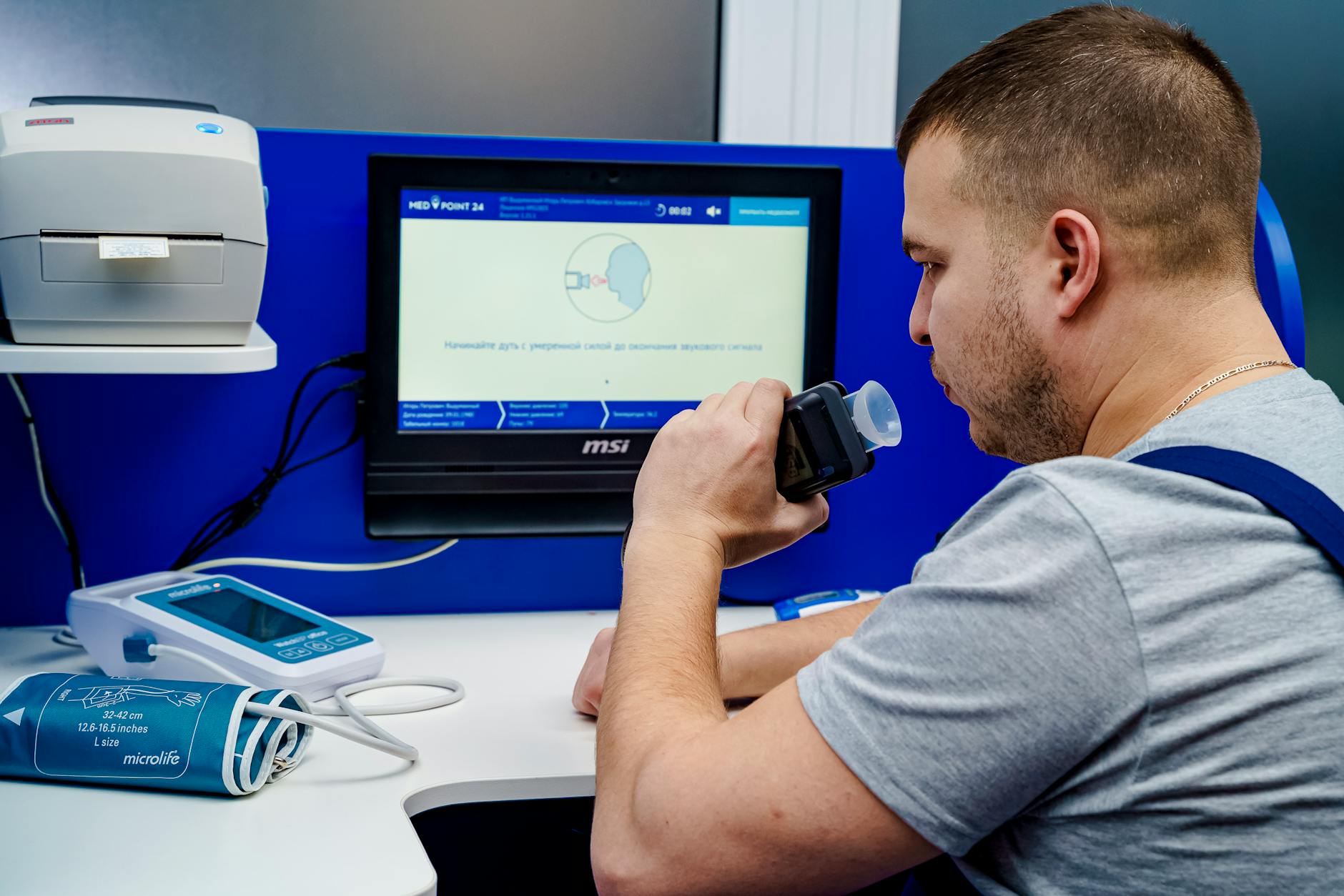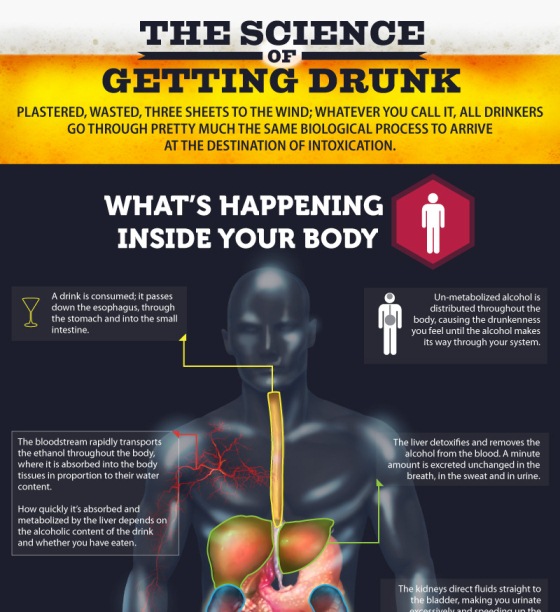Uncover the fascinating science behind alcohol consumption and find out just how many beers it really takes to get drunk.

Image courtesy of MedPoint 24 via Pexels
Table of Contents
Have you ever wondered how many beers it takes to get drunk? The answer to this question is not as straightforward as it may seem. The amount of alcohol needed to reach a state of intoxication can vary greatly depending on several factors, including individual metabolism, tolerance levels, and various other influences. Let’s dive deep into the science behind alcohol consumption and explore the intricacies of getting drunk.
Understanding Alcohol Metabolism
Alcohol metabolism is a complex process that primarily occurs in the liver. When you consume alcohol, enzymes in the liver break it down into acetaldehyde and then further metabolize it into acetate. The rate at which this process occurs can vary among individuals and is influenced by factors such as genetics, overall liver health, and the presence of other substances in the body.
Body weight and composition also play a significant role in alcohol metabolism. Generally, individuals with higher body weight and muscle mass tend to metabolize alcohol more efficiently than those with lower body weight. This is because muscle tissue contains more water, which helps dilute alcohol in the bloodstream and speed up its metabolism.
Individual Tolerance Levels
Alcohol tolerance refers to an individual’s ability to handle alcohol without experiencing significant intoxication. Tolerance levels can vary widely among different people and are influenced by genetic factors, frequency of alcohol consumption, and overall health. Some individuals may have a higher tolerance due to genetic predisposition or frequent exposure to alcohol, while others may be more sensitive to its effects.
It is essential to recognize your own tolerance levels and drink responsibly to avoid potential health risks and dangerous levels of intoxication. Understanding your limits and respecting them can help prevent alcohol-related accidents and health problems.
Factors Influencing Intoxication
Several factors can influence the level of intoxication experienced after consuming alcohol. Mixing alcohol with other substances, such as medications or illicit drugs, can intensify its effects and increase the risk of adverse reactions. It is crucial to be mindful of potential interactions and avoid mixing alcohol with substances that can have dangerous consequences.

Image courtesy of www.infographicszone.com via Google Images
Food intake can also impact alcohol absorption and intoxication levels. Consuming food before or while drinking can slow down the rate at which alcohol is absorbed into the bloodstream and help alleviate the effects of intoxication. Additionally, staying hydrated and pacing yourself while drinking can help mitigate the risk of becoming too drunk too quickly.
External factors, such as stress, mood, and environment, can also influence how alcohol affects your body. High-stress levels or negative emotions can amplify the effects of alcohol and lead to excessive drinking. Being aware of your emotional state and surroundings can help you make better decisions about drinking and avoid potential pitfalls.
Tips for Responsible Drinking
Drinking alcohol responsibly is essential for maintaining your health and well-being. To ensure you drink safely and in moderation, consider the following tips:
– Pace yourself and monitor your alcohol consumption
– Stay hydrated by drinking water between alcoholic beverages
– Eat food while drinking to slow down alcohol absorption
– Know your limits and stop drinking when you feel intoxicated
– Avoid driving or operating machinery after drinking
By following these guidelines and being mindful of your alcohol intake, you can enjoy drinking in a responsible manner and reduce the risk of negative consequences.
In conclusion, the question of how many beers it takes to get drunk is not a simple one to answer. The effects of alcohol consumption are influenced by various factors, including metabolism, tolerance levels, and external influences. Understanding the science behind getting drunk can help you make informed decisions about drinking and ensure you stay safe and healthy. Remember, responsible drinking is key to enjoying alcohol in moderation and avoiding potential risks to your well-being.
FAQs
How many beers does it take to get drunk?
Answer 1: The number of beers needed to get drunk varies for each individual based on factors like metabolism, tolerance levels, and body weight. Generally, it takes around 3-5 beers for most people to feel intoxicated.
What factors influence how drunk someone gets?
Answer 2: Factors that influence intoxication levels include body weight, metabolism, tolerance levels, food intake, external influences (e.g., stress), and mixing alcohol with other substances.
How can I drink alcohol responsibly?
Answer 3: To drink responsibly, pace yourself, stay hydrated, eat food while drinking, know your limits, and avoid driving or operating machinery after drinking.
Why is it essential to understand alcohol metabolism?
Answer 4: Understanding alcohol metabolism helps individuals make informed decisions about drinking, recognize their tolerance levels, and prevent harmful consequences of excessive alcohol consumption. It promotes responsible drinking habits and overall well-being.
Generated by Texta.ai Blog Automation
Leave a Reply